Graham Reid | | 2 min read
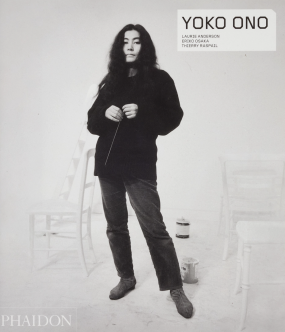
At the time of this writing Yoko Ono is a week short of her 92nd birthday, no longer lives at the Dakota which had been her home for 50 years from 1973 and is in a wheelchair.
It is believed she has dementia and her son Sean controls her extensive portfolio of investments, music, artworks and properties. By some accounts she's worth US$700 million.
This officially approved large format paperback skirts around some of the controversy she encountered when she became Beatle John Lennon's companion and instead turns attention to her considerable artistic output across many disciplines (installations, publishing, music and events etc) and the regard she has always been held in by the artistic communities.
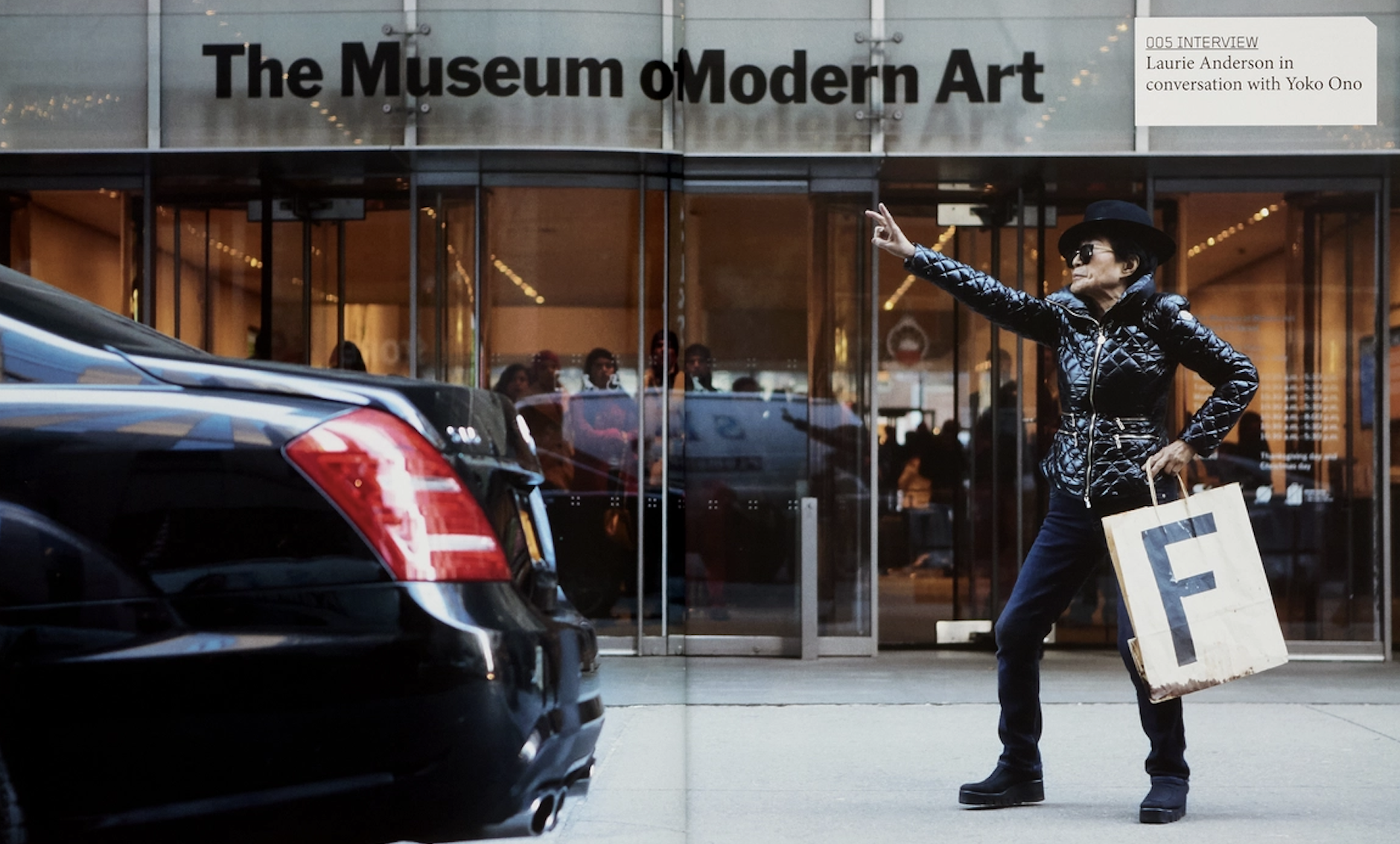 It opens with a typically opaque interview by Laurie Anderson. (If it's dated I could find no reference to it.)
It opens with a typically opaque interview by Laurie Anderson. (If it's dated I could find no reference to it.)
Anderson: Are you more at ease now than in the past?
Ono: I'm at ease at the time the sky is beautiful
There is also a lengthy survey of her life: brought up in a privileged aristocratic family in Japan, well educated in Japan at an exclusive girls' school and later in the US at Sarah Lawrence College (where Linda McCartney later enrolled); marriages; avant-garde art projects in New York which were often well received; the move to London in the mid Sixties; more avant-art projects; meeting Lennon; peace activist projects . . .
The author of this survey – which doesn't include much reference to her series of albums from the late Sixties onward is Eriko Osaka, a respected gallery director, curator and commissioner of Japanese artists for the 2001 Venice Biennale and four Yokohama Triennales.
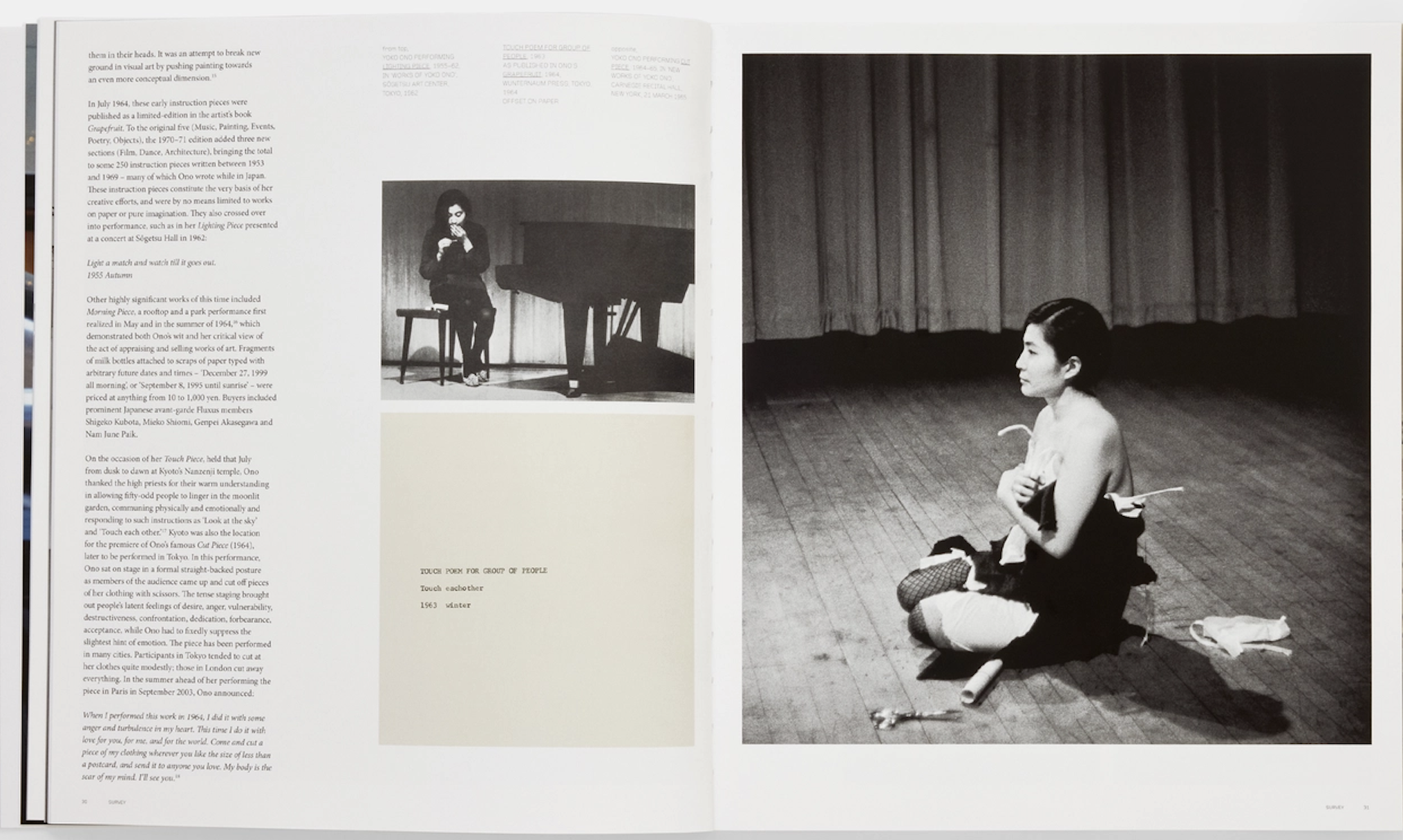 It is undramatic in its telling but – for those who don't know her career – confirms her credentials before she met Lennon and was dismissed as a talentless hanger-on.
It is undramatic in its telling but – for those who don't know her career – confirms her credentials before she met Lennon and was dismissed as a talentless hanger-on.
Other writers also add weight to this point and the numerous photos of her work, writings and commentary attest to the consistency of her particular vision and aesthetic.
There are many pages at the end listing her solo exhibitions and projects (increasingly global from the Nineties onward), plus selected articles and interviews.
There is also a substantial filmography and discography.
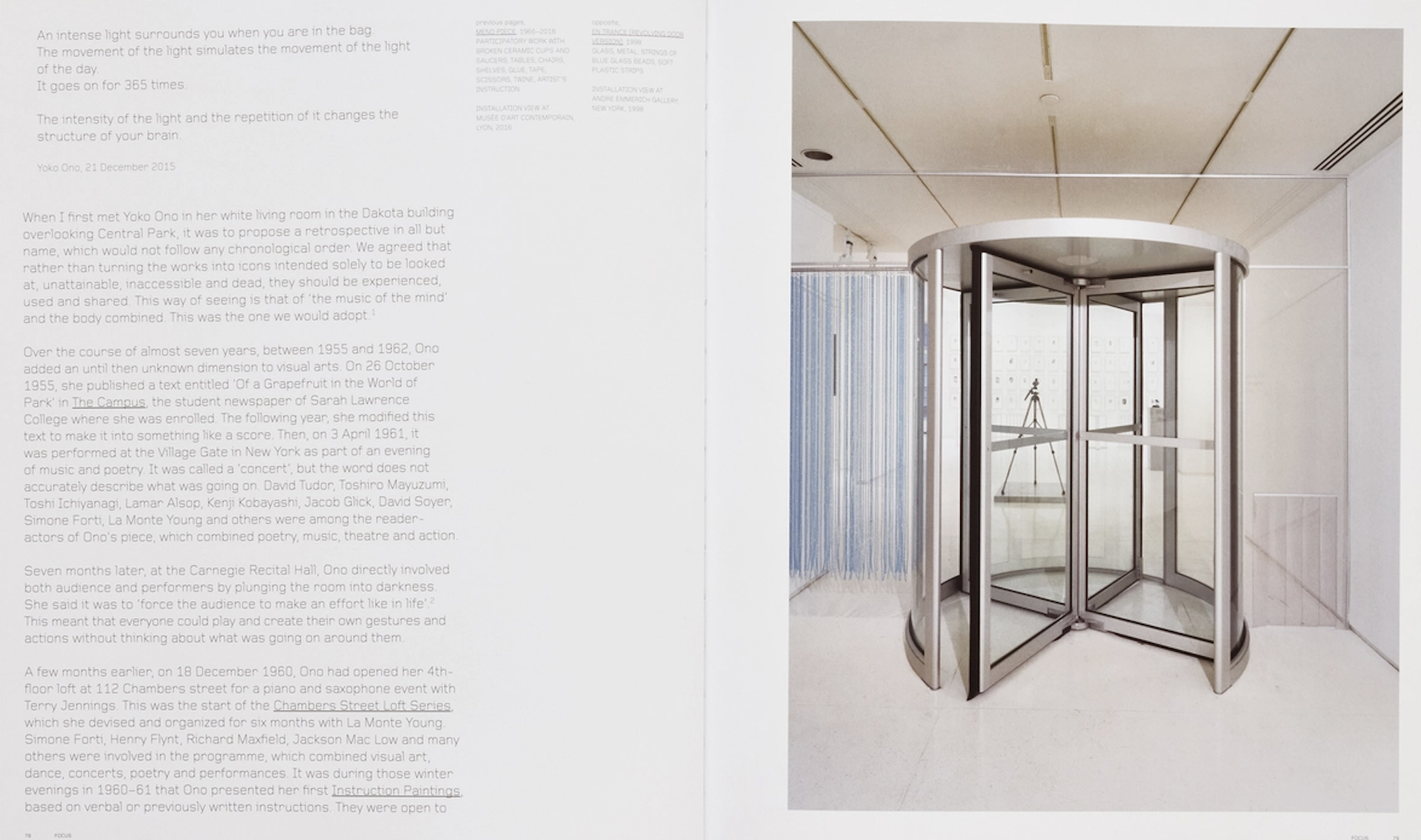 If the intention of this rather pricey monograph is to reinstate Yoko Ono the creative artist in the minds of readers it will certainly do that, with the caveat that those who still think she was just a screamer and schemer who got lucky and broke up the Beatles will not be persuaded one iota by her koan-like poems (despite being belatedly co-credit for Imagine) and instructions, ethereal comments and the weight of evidence.
If the intention of this rather pricey monograph is to reinstate Yoko Ono the creative artist in the minds of readers it will certainly do that, with the caveat that those who still think she was just a screamer and schemer who got lucky and broke up the Beatles will not be persuaded one iota by her koan-like poems (despite being belatedly co-credit for Imagine) and instructions, ethereal comments and the weight of evidence.
When Yoko Ono dies we might remember what John Lennon once said, “Everyone knows who she is but no one knows what she does”.
This is what she did.
.
YOKO ONO by LAURIE ANDERSON, ERIKO OSAKA and THIERRY RASPAIL Phaidon $90
.
There is more on Yoko Ono , including album reviews and interviews at Elsewhere starting here.

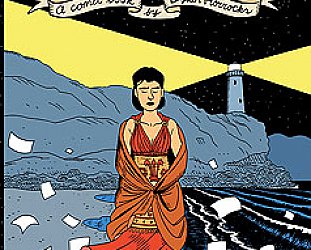
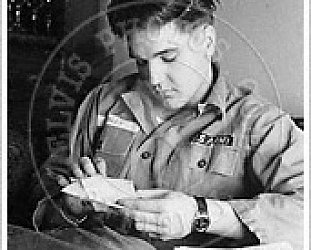
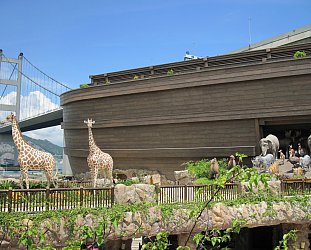

post a comment